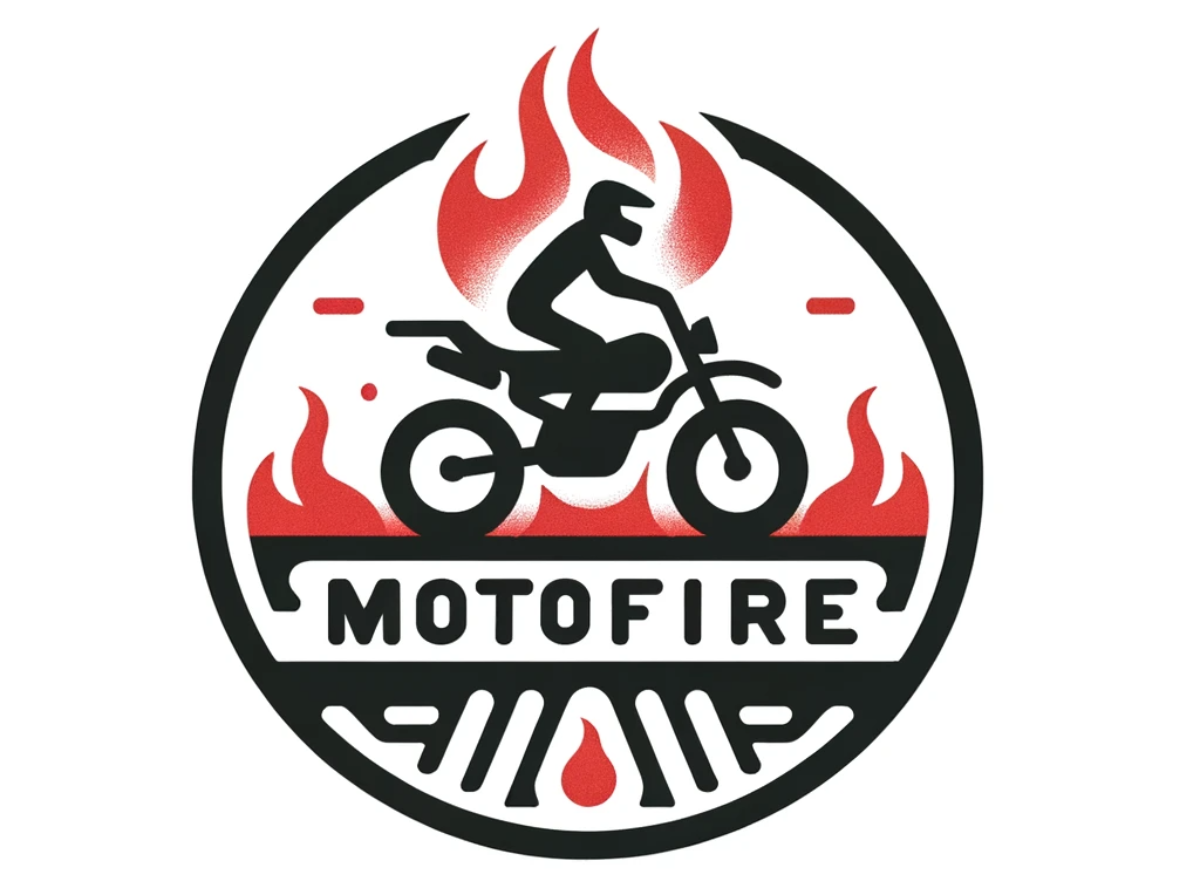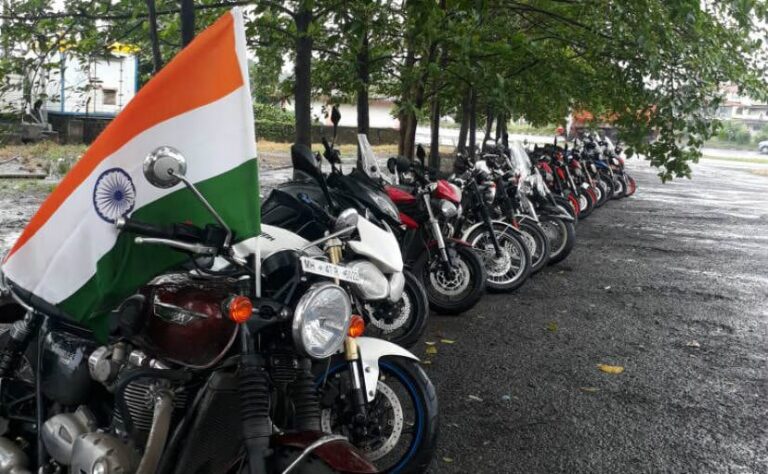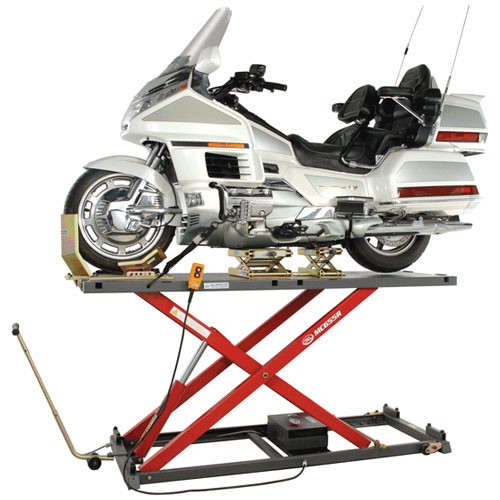Exploring the 1960s: 5 Legendary Motorcycles That Defined an Era
The 1960s marked a pivotal time in history, characterized by cultural revolutions and shifting societal norms. Among these changes was a significant evolution in motorcycle culture, with several iconic models emerging that would leave a lasting impact on the biking world. From the rebellious spirit encapsulated in legendary films to the technical advancements offered by manufacturers, these five motorcycles not only defined the decade but also set the stage for future innovation and adventure on two wheels. Join me in exploring the machines that shaped an era and captured the hearts of enthusiasts worldwide.
The 1960s was a decade that witnessed significant social and cultural transformations worldwide. Among these changes, the motorcycle evolved into a symbol of freedom and rebellion, resonating with the youthful spirit of the era. This article highlights five iconic motorcycles that played a pivotal role in shaping motorcycle culture during this vibrant period.
The Ducati Scrambler: A Dual-Sport Legend
In 1962, Ducati introduced the Scrambler to its growing lineup. The Scrambler was a versatile motorcycle, designed to cater to the younger generation of riders seeking adventure and freedom. With a 249cc engine producing 18 horsepower, it swiftly became a favorite, capable of reaching impressive speeds. The Scrambler’s sturdy frame and equipped balanced riding position made it a reliable choice for both on-road and off-road experiences.
By 1969, the Scrambler had evolved with the introduction of the Scrambler 450, which offered a more robust 436cc engine delivering 27 horsepower. While the original Scrambler was discontinued in 1974, its legacy was revived in 2015, appealing to enthusiasts on both sides of the Atlantic.
The Honda CB77 Super Hawk: A Journey to Immortality
The year before the release of “Easy Rider,” Robert Pirsig took his Honda CB77 Super Hawk on a cross-country journey, chronicled in his book “Zen and the Art of Motorcycle Maintenance.” This motorcycle, with its 305cc engine, marked a significant moment when it first entered the U.S. market in 1961, featuring the largest engine in Honda’s lineup at the time.
With a stunning redline of 9,000 RPM, Honda produced nearly a quarter million units of this dependable bike, helping solidify its place in motorcycle history. Following Pirsig’s passing in 2017, his beloved bike was donated to the Smithsonian’s National Museum of American History, eternalizing its status as a cultural artifact.
The Harley-Davidson Electra Glide: A Law Enforcement Favorite
The Harley-Davidson Electra Glide made its debut as an upgraded version of the Duo Glide, featuring key innovations like an electric starter added in 1965. This motorcycle quickly became a popular choice amongst law enforcement agencies, thanks to its comfort, equipped with a spring-mounted seat and lockable hard saddlebags. The bike’s performance increased with the introduction of the shovelhead engine, elevating the power output to 60 horsepower.
Over the years, the Electra Glide made numerous appearances in film and television, solidifying its iconic status and showcasing its significance during the decade.
The Honda CB750: The Superbike Revolution
The introduction of the Honda CB750 in 1969 marked a pivotal moment in motorcycle history, helping propel Honda to the forefront of the industry. While it was not the first production four-cylinder motorcycle, it redefined performance standards, boasting a 736cc engine and becoming a powerful contender against its rivals. With features such as a 300-millimeter disc brake, it set new benchmarks for speed and reliability.
The CB750’s enduring influence continued into the 1970s, recognized as one of the most significant motorcycle models of the 20th century, inspiring countless designs and innovations.
The Norton Commando: A Lifeline for the Company
Introduced in 1967, the Norton Commando emerged during a tumultuous time for the company, facing financial difficulties. The design was completed hastily, but the Commando proved to be a smooth and fast motorcycle, equipped with a 745cc engine producing 58 horsepower. Its non-traditional styling garnered initial skepticism, yet it quickly found its place in the hearts of riders and secured the Motor Cycle News “Machine of the Year” award for several consecutive years.
The Norton Commando’s unique design and reliable performance not only helped revitalize the brand but also cemented its legacy, remaining sought after by motorcycle enthusiasts even decades later.
The 1960s was a pivotal decade in motorcycle history, bringing forth iconic models that not only shaped the motorcycle culture but also reflected the spirit of the time. From the rebellious counterculture movements to innovative engineering marvels, this era introduced several legendary motorcycles that continue to resonate with enthusiasts today. Let’s take a closer look at five of these legendary models and the impact they had on the world of motorcycling.
The Ducati Scrambler: A Dual-Sport Legend
Launched in the early 1960s, the Ducati Scrambler quickly captured the hearts of young riders looking for versatility. With its lightweight frame and powerful engine, this bike offered an exhilarating riding experience. The unique design and dual-sport capabilities made it a favorite for both on and off-road adventures. When exploring the Scrambler, keep in mind the various model evolutions throughout the decade, which improved its performance and fueled the growth of the dual-sport motorcycle genre.
Honda CB77 Super Hawk: A Journey of Zen
The Honda CB77 Super Hawk gained notoriety not only for its powerful 305cc engine but also for its role in the book “Zen and the Art of Motorcycle Maintenance.” This classic bike encapsulated the essence of traveling with purpose. Its dependable performance made it a choice for long-distance rides, and it continues to be celebrated among vintage motorcycle collectors. When considering this model, understanding its cultural significance during the 1960s can deepen your appreciation for its design and engineering.
Harley-Davidson Electra Glide: The Police Favorite
Introduced as the updated version of the Duo Glide, the Harley-Davidson Electra Glide featured innovations such as an electric starter and enhanced design that appealed to police departments across the country. Its iconic appearance made it one of the most recognizable motorcycles of the time. The Electra Glide is worth examining for anyone interested in the intersection of motorcycle design and law enforcement history, along with its continued influence on modern touring bikes.
Honda CB750: A Game-Changer in the Industry
No exploration of the 1960s would be complete without the Honda CB750. Known as the world’s first production four-cylinder motorcycle, it set a new standard for performance and style. Its introduction not only marked the beginning of the superbike era but also proved Honda’s engineering prowess. This model serves as an essential study in how industry innovations can alter market perceptions and consumer expectations, paving the way for future motorcycle design.
Norton Commando: A Lifesaver for the Brand
Launched during a financial crisis for its manufacturer, the Norton Commando was a testament to ingenuity and resilience. With its unique styling and robust performance, it garnered critical acclaim and saved the company from bankruptcy. This motorcycle represents how bold design choices and engineering can have a transformative effect on a brand’s legacy. The Commando is a notable example of how necessity can spur creativity in the automotive industry.






